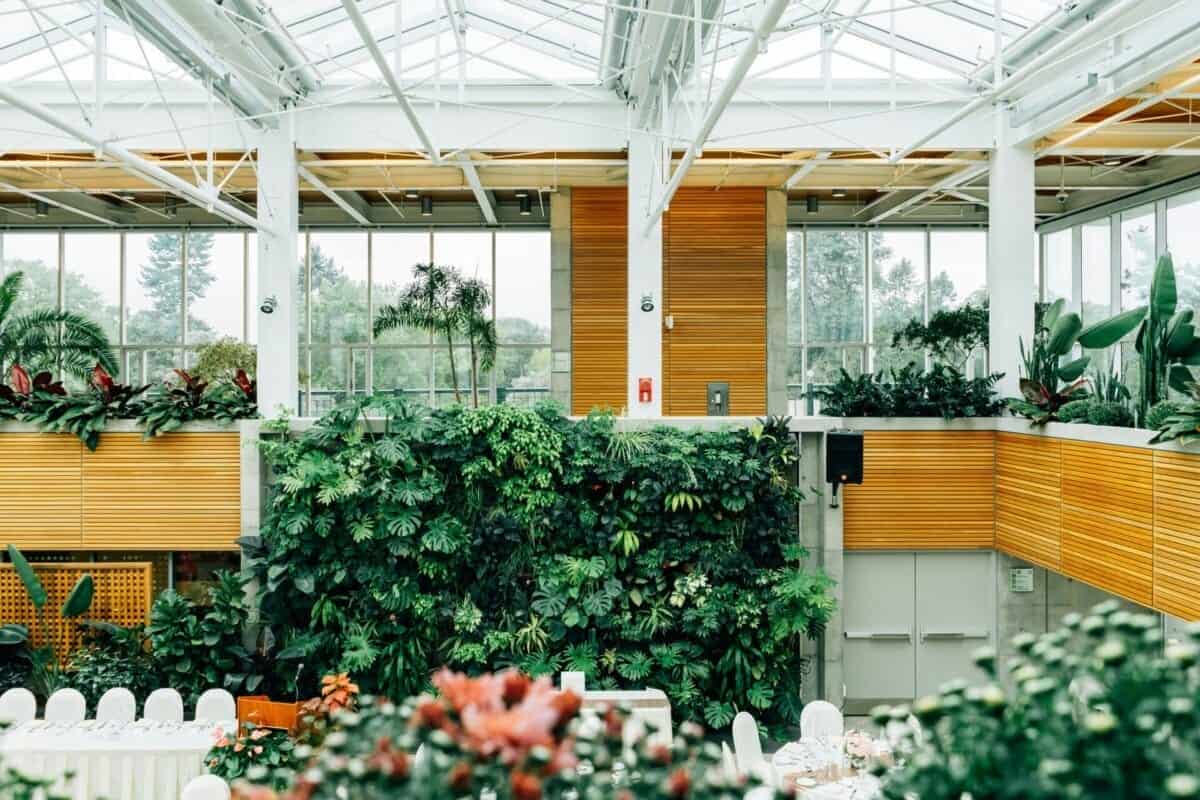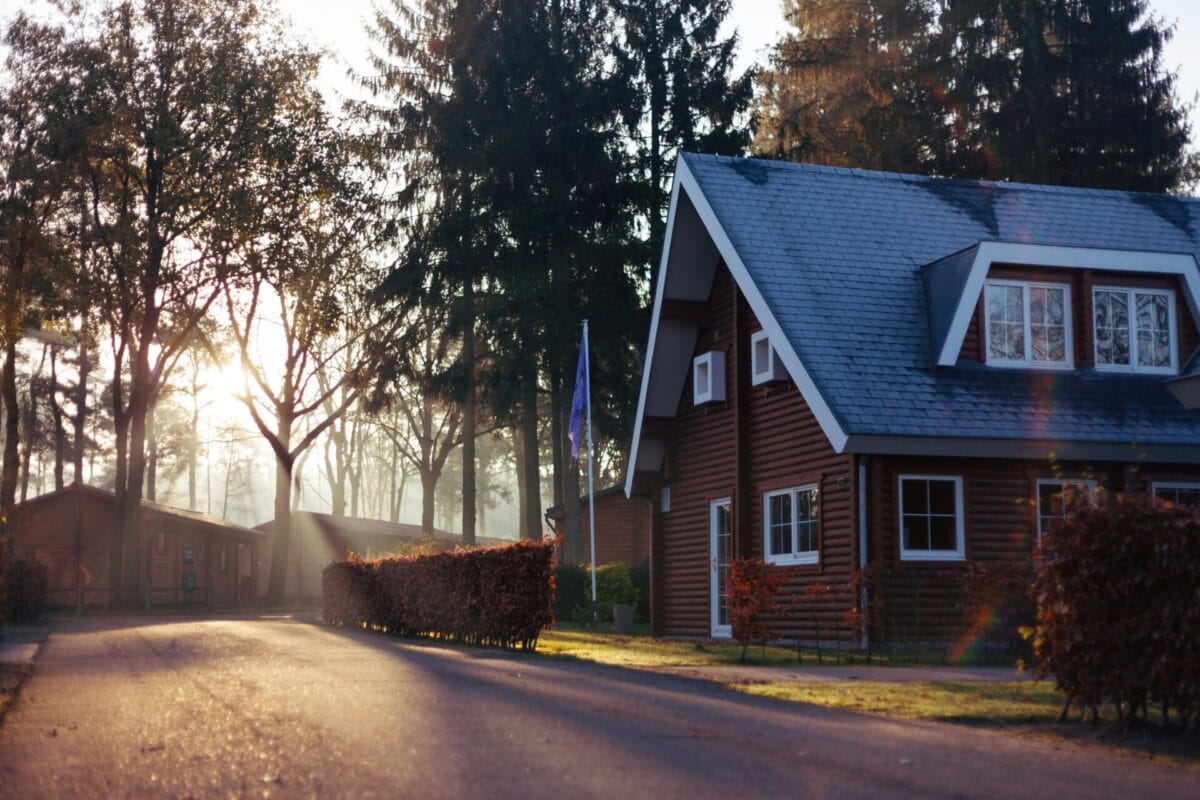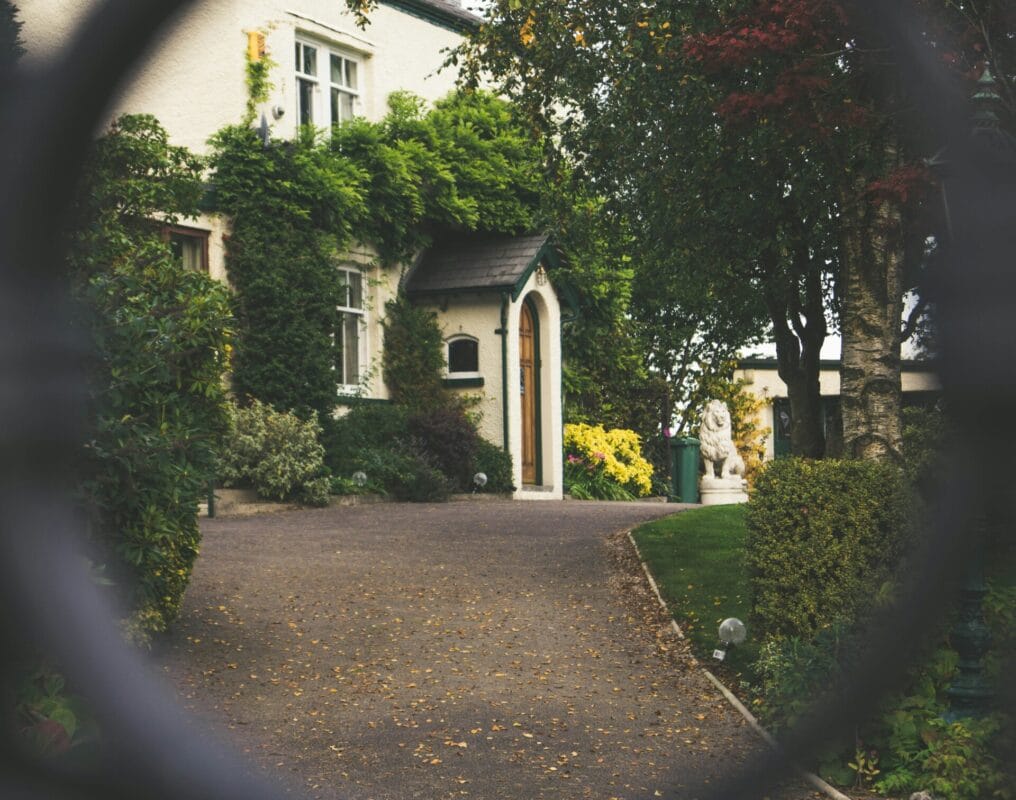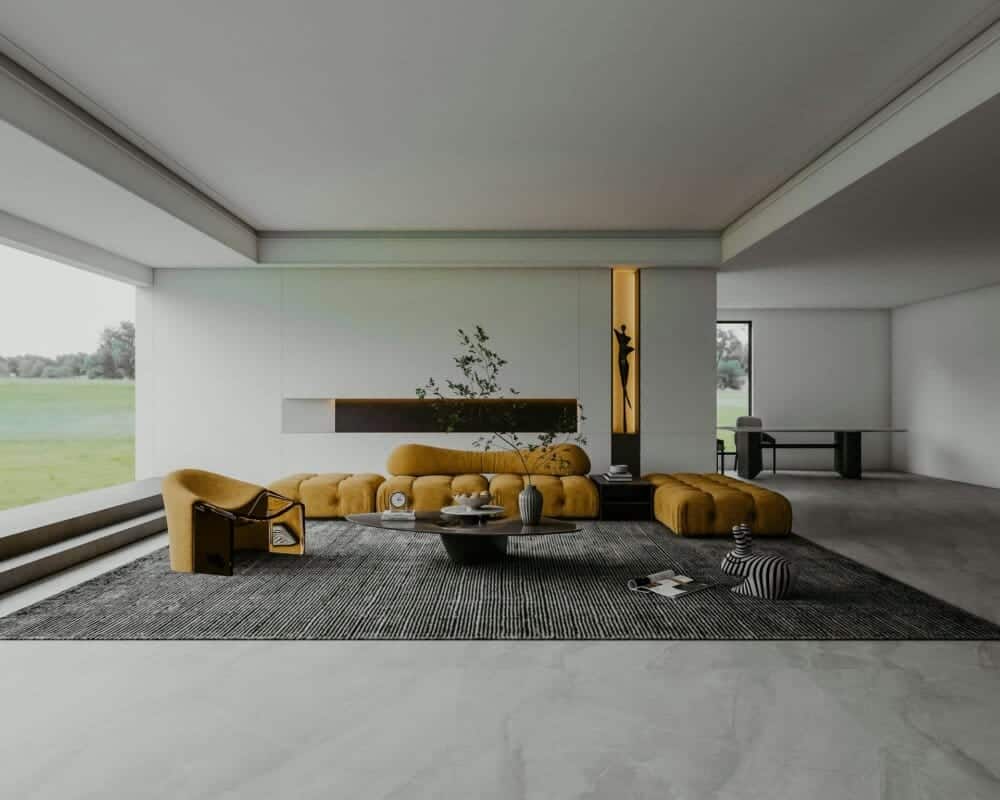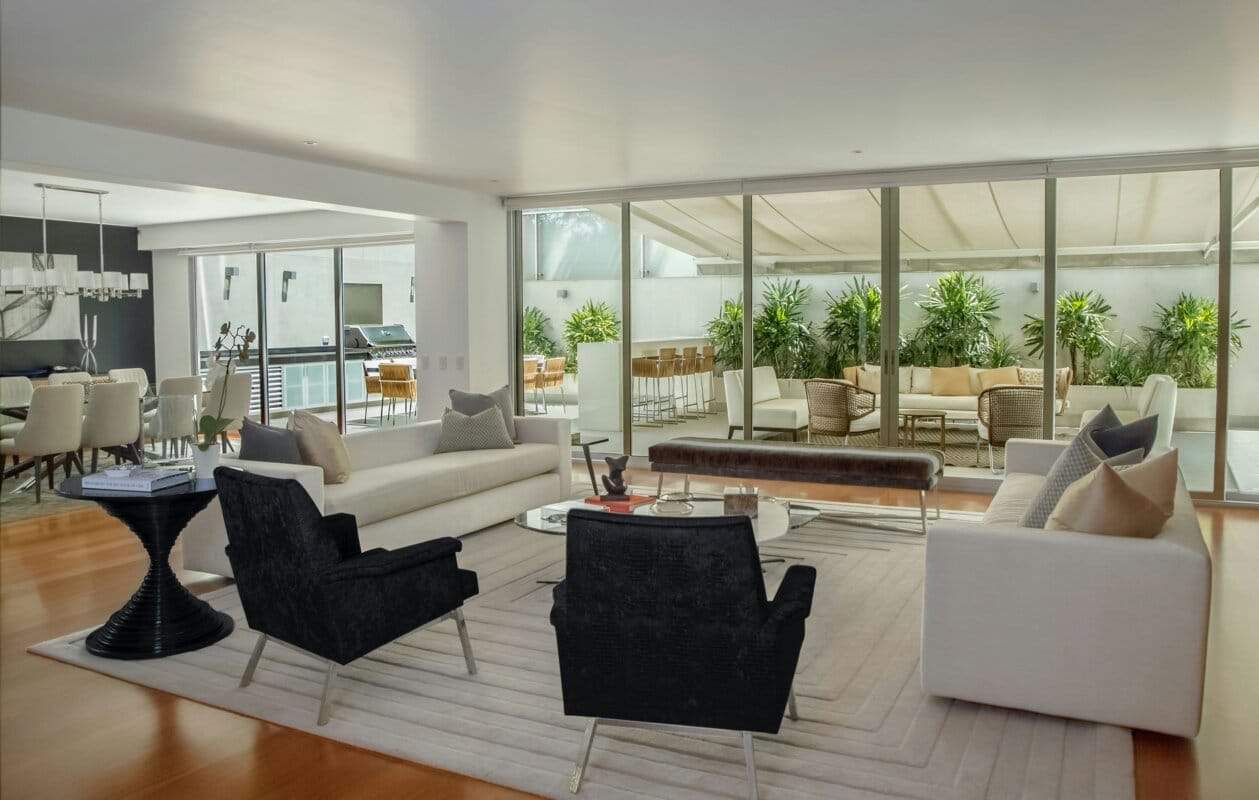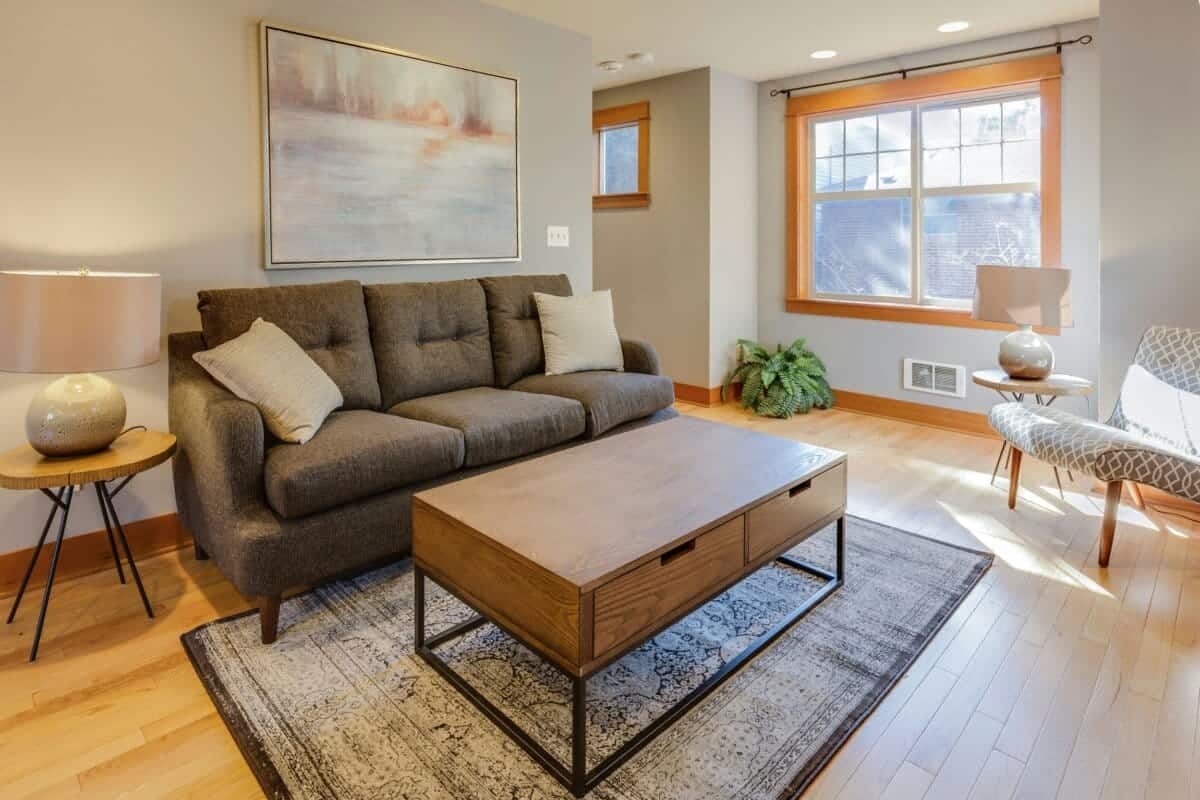
Blog
The Durability of Container Houses in Malaysia


The Durability of Container Houses in Malaysia
Table of Contents
- Introduction
- Benefits of Container Houses
- Structural Durability
- Weather Resistance
- Insulation and Energy Efficiency
- Maintenance and Repairs
- Adaptability and Expansion
- Sustainability and Eco-Friendliness
- Cost-Effectiveness
- Comparisons with Traditional Houses
- Regulatory Considerations
- Case Studies
- Challenges and Limitations
- Future Prospects
- Conclusion
- FAQs
Introduction
Container houses have gained significant popularity in Malaysia as a sustainable and cost-effective housing solution. These unique structures, made from repurposed shipping containers, offer a creative and innovative approach to address the country’s housing needs. In this article, we will delve into the durability of container houses in Malaysia, exploring their advantages, maintenance requirements, and long-term viability as a housing option.
Benefits of Container Houses
Container houses present numerous benefits that contribute to their growing popularity. They are affordable, customizable, and eco-friendly. These houses can be quickly assembled, making them an attractive option for those seeking efficient and sustainable housing solutions.
Structural Durability
Container houses are renowned for their exceptional durability. Constructed from steel, shipping containers are designed to withstand harsh maritime conditions, including extreme weather and heavy loads. Their robust construction ensures they can withstand the test of time and provide a safe and secure living environment.
Weather Resistance
Malaysia’s tropical climate poses challenges for housing structures. Container houses, however, are built to withstand various weather conditions, including high humidity, heavy rain, and intense sunlight. With proper insulation and weatherproofing measures, container houses can effectively shield occupants from the elements.
Insulation and Energy Efficiency
Container houses can be insulated to provide comfortable living conditions while minimizing energy consumption. Incorporating insulation materials such as spray foam or rigid panels allows container houses to maintain stable indoor temperatures and reduce the need for excessive air conditioning or heating.
Maintenance and Repairs
Like any other type of dwelling, container houses require regular maintenance to ensure their longevity. Routine inspections, preventive measures against corrosion, and repairs to the structure are necessary to uphold their durability. However, the maintenance needs of container houses are generally manageable and less demanding compared to traditional houses.
Adaptability and Expansion
One of the advantages of container houses is their adaptability and expandability. These structures can be easily modified to accommodate changing needs. Additional containers can be added or removed to create more living space, making container houses suitable for growing families or evolving lifestyles.
Sustainability and Eco-Friendliness
Container houses promote sustainability by repurposing shipping containers that would otherwise go to waste. By using these recycled materials, fewer resources are consumed during construction, thereby reducing the environmental impact. Furthermore, container houses can incorporate eco-friendly features such as rainwater harvesting systems and solar panels for energy generation.
Cost-Effectiveness
Container houses offer a cost-effective housing solution compared to traditional construction methods. The use of repurposed shipping containers significantly reduces material costs. Moreover, the modular nature of container houses allows for efficient construction processes, resulting in reduced labor expenses and shorter construction timelines.
Comparisons with Traditional Houses
When compared to traditional houses, container houses exhibit certain advantages. They are more affordable, have faster construction times, and can be relocated if necessary. However, traditional houses may provide a wider range of design options and a more conventional aesthetic appeal.
Regulatory Considerations
Before opting for a container house, it is essential to consider the relevant regulations and building codes in Malaysia. While container houses are generally accepted, specific guidelines and permits may vary across different regions. It is advisable to consult with local authorities or seek professional advice to ensure compliance.
Case Studies
Several successful container house projects have been implemented in Malaysia, demonstrating their durability and feasibility. These case studies provide valuable insights into the construction process, design considerations, and the long-term performance of container houses in the country.
Challenges and Limitations
While container houses offer numerous benefits, it is important to consider the challenges and limitations associated with this housing option. These include potential issues with insulation, limited interior space, and the need for proper ventilation. Understanding and addressing these challenges can help individuals make informed decisions.
Future Prospects
Container houses are poised to play an increasingly significant role in Malaysia’s housing landscape. As sustainable and affordable housing solutions become more critical, container houses offer a viable alternative. Ongoing research and technological advancements in building techniques will further enhance the durability and appeal of container houses.
Conclusion
Container houses have proven their durability and viability as a housing option in Malaysia. Their structural strength, weather resistance, adaptability, and sustainability make them a compelling choice for individuals and communities seeking affordable and eco-friendly housing solutions. By repurposing shipping containers, these houses provide a practical and durable living space while contributing to the reduction of environmental impact.
FAQs
- Are container houses safe during natural disasters? Container houses are designed to withstand extreme weather conditions, including hurricanes and earthquakes. However, proper engineering and reinforcement are crucial to ensure their safety.
- Do container houses require specialized maintenance? Container houses require regular maintenance, such as inspecting for rust, sealing joints, and checking insulation. However, the maintenance needs are generally manageable and less intensive than traditional houses.
- Can container houses be customized according to individual preferences? Yes, container houses offer flexibility in terms of design and customization. They can be modified to suit specific needs and preferences.
- How long do container houses last? With proper maintenance, container houses can have a lifespan of 25 to 30 years or more. Regular inspections and necessary repairs contribute to their longevity.
- Can container houses be financed through conventional mortgages? The availability of financing options for container houses may vary. It is advisable to consult with financial institutions or mortgage providers to explore the possibilities.
In conclusion, container houses have proven to be a durable and practical housing solution in Malaysia. Their structural strength, weather resistance, and adaptability make them an attractive option for individuals and communities looking for affordable and eco-friendly living spaces. With proper maintenance and adherence to local regulations, container houses offer a sustainable and viable alternative to traditional housing methods.
Desain Rumah Kabin
Rumah Kabin Kontena
Harga Rumah Kabin
Kos Rumah Kontena
Rumah Kabin 2 Tingkat
Rumah Kabin Panas
Rumah Kabin Murah
Sewa Rumah Kabin
Heavy Duty Cabin
Light Duty Cabin



